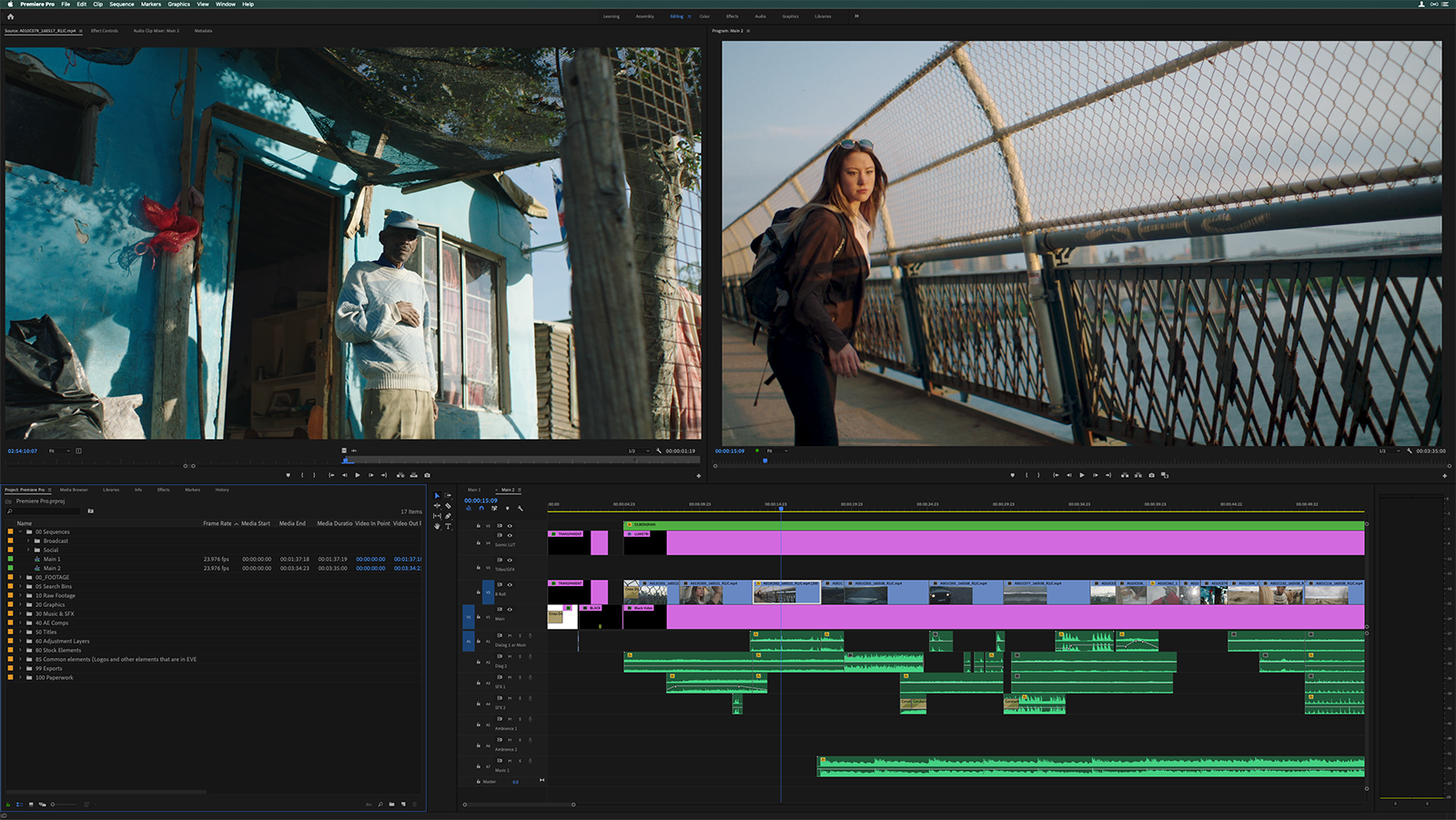 |
| Flow-style notes by Thomas Frank |
The first video supplied this week, titled ‘The 3 BEST science-based study tips’ introduced three techniques proven via academic studies to make it easier to retain knowledge. The three techniques, Quizzing, Spacing, and Mixing encourage the use of cognitive effort. When combined, these techniques allow the user to use their time efficiently and get more out of a limited amount of effort. Quizzing, the first technique involves actively testing your knowledge of the material. There are several ways of doing this, however the most direct and easiest one would be the use of flashcards. Personally, I’ve made use of https://quizlet.com when studying for my Leaving Certificate. I found it exceptionally helpful as it offers multiple ways of quizzing yourself rather than being limited to only flashcards. The second segment of the video focused on Spaced Repetition. A ‘forgetting curve’ was presented, explaining that there is an optimal period in which to review previous work.
The second video, ‘5 Active Reading strategies for textbook assignments’ establishes the idea of active reading and breaks it down into five simple concepts. Typically, I would read a piece of text once thoroughly, and then take notes afterwards to see how well I can memorise the general intention of the text. While I found this method to be helpful, the tips outlined in this video seem to be much better for retaining information without exerting as much effort. ‘Reverse reading’ is a method I had not previously considered; however, it makes sense to get an idea of your learning intentions before beginning as they are not always made clear. The concept of taking notes within the margins of the text also seems helpful as it can directly relate back to segments of the text. In addition, the video touched upon ‘flow-style notes’ as a way of organising one’s thoughts. Upon further inspection, this style of notetaking combines the structure of typical methods with the spontaneity of freeform thought.
The third video inspected the idea of media literacy and how subtext can shift your view
of the media around you. Andrea Quijada highlighted how children can deconstruct
the world around them from a surprisingly young age. While the talk focused on
media literacy as it pertains to the ill effects of advertising, it has many
other uses in our society. For example, criticism of entertainment products
allows both for creators to get valuable, professional feedback, and for
audiences to be well informed before making decisions. Overall, this talk gave
me a clearer perspective on the role of media literacy in our world.
Sources:
- https://youtu.be/UEJmgaFQUH8
- https://youtu.be/JL0pqJeE4_w
- https://youtu.be/aHAApvHZ6XE

No comments:
Post a Comment